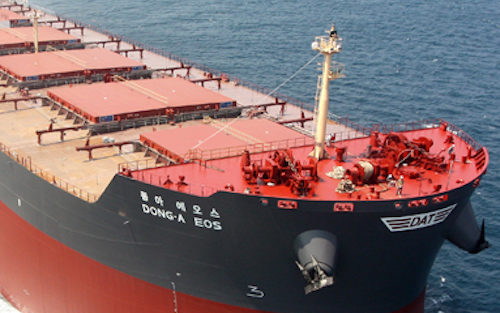Beijing loosens Australian coal blockade

A few Australian coal shipments are finally making it onto Chinese soil after months of political impasse between the two nations.
Citing data from Kpler, Bloomberg has reported four bulk carriers offloading Australian coal at two different ports in China this week.
More than 50 ships remain stuck at Chinese anchorages waiting to offload their shipments however with hundreds of seafarers stuck in limbo for many months.
The unwinding of the effective blockade may come because of diplomatic pressure, or because of commercial reasons
“The speed of domestic coal price increases in China will to some extent decide how soon we could expect more Australia coal shipments to be discharged,” Monica Zhu, a dry bulk analyst with Kpler, told Bloomberg.
Local Chinese coal prices have soared in recent days thanks to mine closures and also a Covid-19 outbreak in key supplier Mongolia slowing down border crossings.
“The unwinding of the effective blockade may come because of diplomatic pressure, or because of commercial reasons. Steam coal futures are at the highest levels on record. Coking coal prices have also soared to a four-year high,” brokers Lorentzen & Stemoco noted in an update to clients today.
Canberra and Beijing have seen relations sour significantly this year with Australia leading the charge to investigate the origins of the coronavirus.
In 2019, China’s global purchases of coal totalled $18.9bn, with almost 50% coming from Australia.
As well as coal, Australian barley, wine, lobster, copper, sugar, fruit and timber have all felt the wrath of Beijing this year with informal bans put in place.
